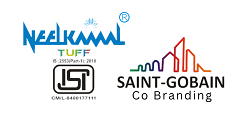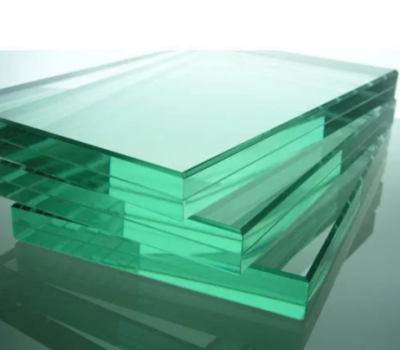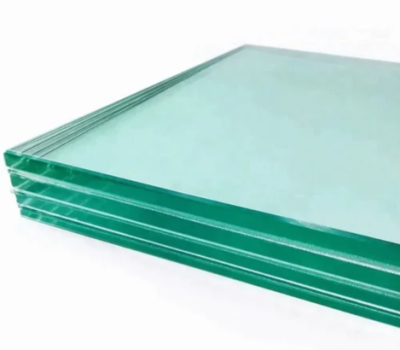Clear glass is made by melting together a combination of silica sand, soda ash, and limestone at high temperatures, and then allowing the mixture to cool and solidify. Clear glass can be shaped and formed into a wide range of products, from basic window panes to intricate works of art. It is often used in architecture and construction for windows, doors, and skylights, as well as in automotive manufacturing for windshields and mirrors. It is also used in the production of glass bottles and jars for packaging food and beverages.
One of the key advantages of clear glass is its ability to transmit light, making it ideal for use in areas where natural light is desirable, such as in homes and office buildings. However, because it is transparent, clear glass may not be suitable in certain situations where privacy is desired, such as in bathroom or shower enclosures. Clear glass can also be recycled, which makes it an eco-friendly material choice. Glass recycling involves crushing the glass into small pieces, which are then melted and reformed into new glass products. Because clear glass can be recycled indefinitely without losing quality, it is a sustainable material choice that helps reduce waste and conserve natural resources.
Overall, clear glass is a versatile and widely-used material that offers many benefits, including transparency, versatility, and the ability to transmit light. Its fragility can be a disadvantage in some situations, but tempered or laminated clear glass can offer improved durability and strength. Whether used in architectural, decorative, or scientific applications, clear glass remains a popular and important material choice.


